It is necessary to promote public-private partnerships in implementing smart city projects, thereby effectively utilizing and exploiting social resources to address modern urban challenges through digital technology platforms...
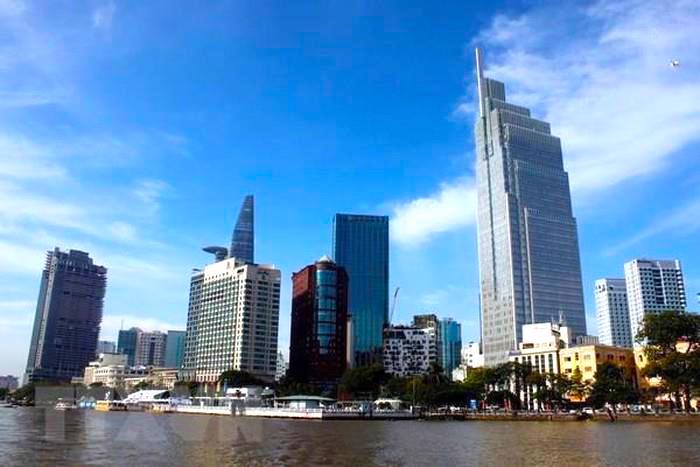
Ho Chi Minh City is currently in the top 200 most dynamic ecosystems globally; in 2022, the city is at position 111, up 68 places compared to 2021. The city ranked 3rd in national digital transformation in 2021 (up 2 places compared to 2020). The city's digital economy in 2022 accounts for nearly 15.4% of GRDP (exceeding the set target of 15%).
HCMC WANTS TO QUICKLY BUILD A SMART CITY
"Resolution 31 of the Politburo on "Orientations and tasks for the development of Ho Chi Minh City to 2030, with a vision to 2045" has set the goal that by 2030, Ho Chi Minh City will become a locomotive of digital economy, digital society, economic, financial, commercial, cultural - educational, scientific - technological center... In which, digital economy contributes 40% to GRDP.
Accordingly, Ho Chi Minh City has implemented many programs such as: Digital transformation program; project to build Ho Chi Minh City into a smart city; project to support the development of the Ho Chi Minh City innovation and startup ecosystem; project to develop the logistics industry; project to develop e-commerce in the city..."
The above information was shared by Mr. Phan Van Mai, Chairman of Ho Chi Minh City People's Committee, at the international forum and exhibition "Smart City Asia - SmartCity Asia" in 2023, taking place on the morning of April 13, 2023 in Ho Chi Minh City, co-organized by Vietnam Digital Communications Association, Exporum Company Limited, Institute of Innovation and Digital Transformation, Vietnam Automation Association.
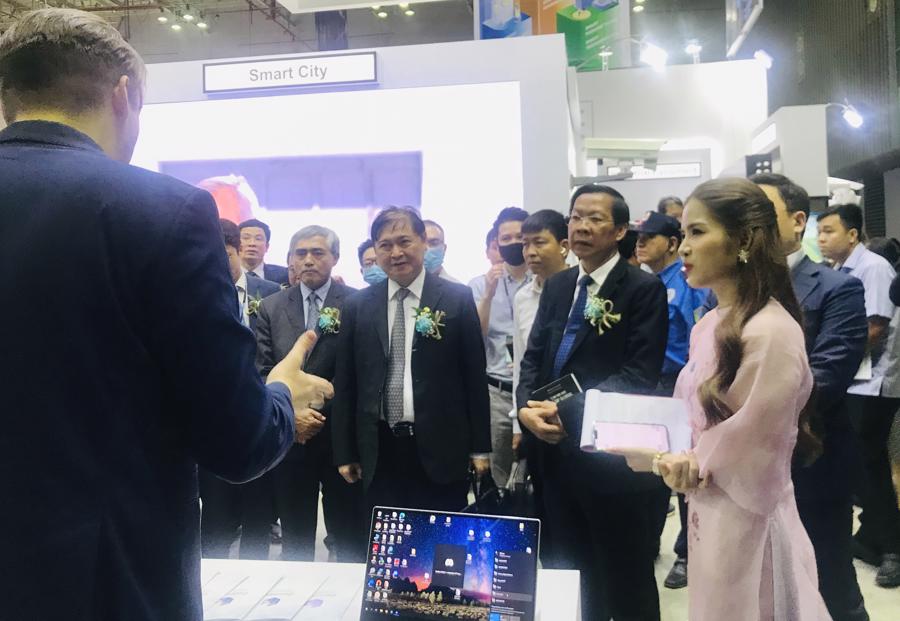
According to Mr. Mai, science and technology development and innovation are the main driving forces for the socio-economic development of Ho Chi Minh City. Therefore, the solutions that the city leaders expect consulting units and enterprises to provide in the construction and development of smart cities are to solve urgent problems such as: traffic management, urban areas, security and order, environment, education, health care... to serve people's lives, safety and social security better and better.
“HCMC hopes to learn many successful lessons from countries around the world, thereby accelerating the process of building the city into a smart city,” Mr. Mai emphasized.
WHICH MODEL TO CHOOSE?
Sharing about this issue, Mr. Byungmoog Lee, Deputy General Director of the National Information Technology Promotion Agency of Korea (NIPA) said that Korea has a history of urban development of more than 70 years, and has a lot of experience drawn from the projects that have been done. Accordingly, Korea has introduced many policies in the process of building smart cities.
Specifically, in 2008, Korea passed the U-City Act, which targets technology-based services. In 2017, the Smart City Act was enacted. In 2019, Korea had a third master plan for smart cities.
Regarding the strategy of developing smart cities, Korea focuses on four elements. These are: building new cities combined with old cities; building infrastructure for smart cities; building an innovation and creativity ecosystem (applying the sandbox mechanism); and promoting international cooperation.
For example, the Incheon city model was built to become a smart city based on the U-City Act. Even the construction of the airport in Incheon was designed according to a new model from the beginning. In a smart city, modern issues such as public services, traffic, or preventing street crimes, the environment, etc. are of great concern. In addition, a smart city also means building smart education systems, smart homes, etc. These issues will be provided by private companies.
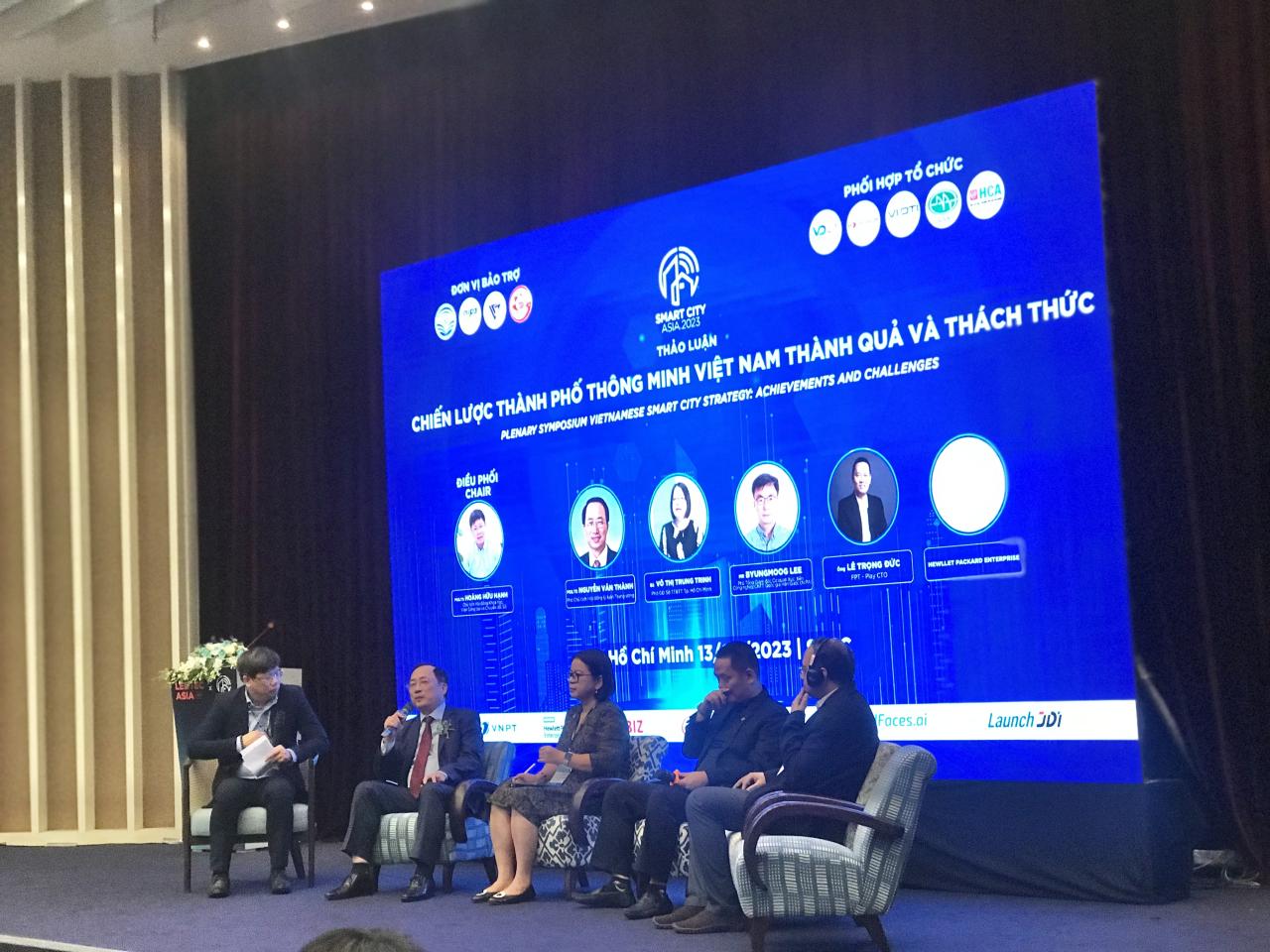
With the construction model for Seoul city, it is oriented towards 6 platforms. That is, building infrastructure with fiber optic cable network covering the whole city; using IOT (internet of things) to collect and analyze data on noise, light...; building smart and synchronous database; building smart map from 2019 for transportation; safe security mechanism to ensure all information of city residents is confidential.
For the construction model for Busan, it is aimed at building a riverside city according to 10 criteria and applying many high technologies, such as: virtual reality, using robots, artificial intelligence, clean energy, green parks, real-time health care...
So, which smart urban model will Ho Chi Minh City choose? According to Mr. Huynh Luong Huy Thong, Director of VNPT Research and Development Center 2, smart cities will have specific characteristics for each locality, in which the most important thing is to build an accurate and synchronized database.
Regarding smart city management, it is necessary to change the management model and move towards data integration and sharing. In particular, the use of technology is to solve the problems of smart cities. For example, using a feedback system from the people to receive information and handle problems quickly, and the people also participate in inspection and supervision with the government.
In addition, with the rapid development of information technology, social network management and monitoring is necessary. VNPT has also built a Data Platform (digital data platform) with a social network monitoring solution from 21,000 news websites, 250,000 youtube channels, 11 million facebook groups, 90 million facebook accounts, 4 million facebook posts/day and 2,000 forum pages.
Finally, for the smart city project to be successful, according to Mr. Huy Thong, there must be consensus and determination from leaders at all levels; there must be real-time and online data to serve timely direction and operation; there must be coordination processes and regulations between state agencies and between the government and the people; mobile applications to direct everywhere, anytime; increase the participation of people and businesses in supervision; and organize effective operations.
Vneconomy




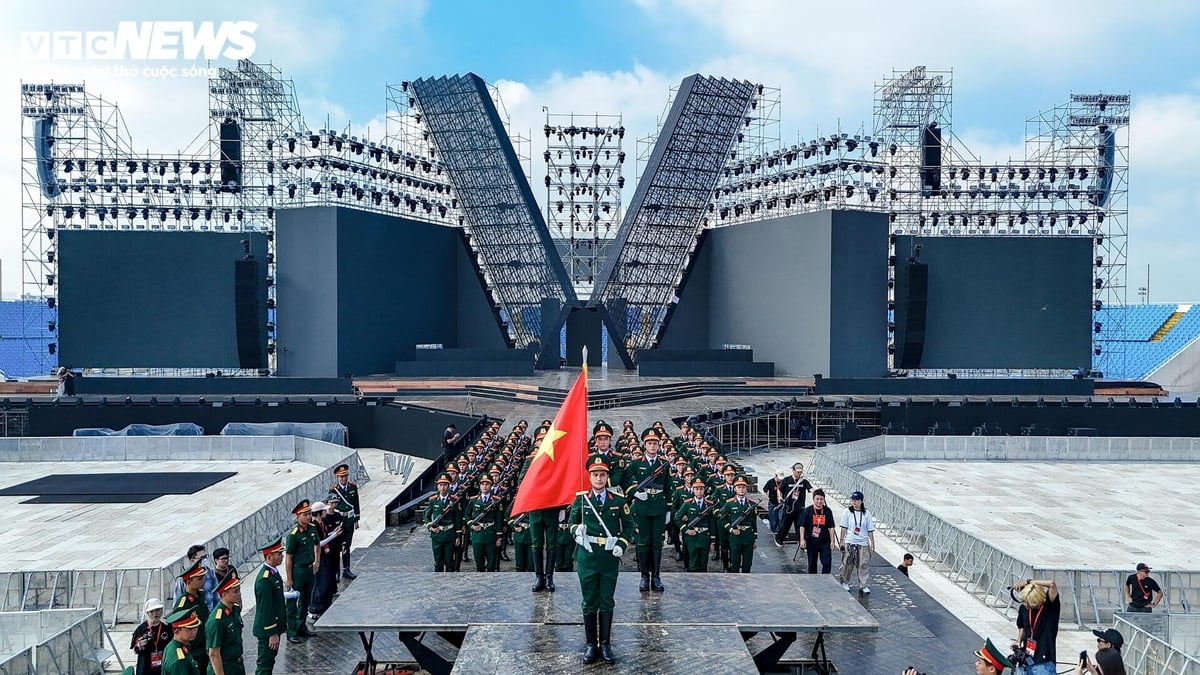
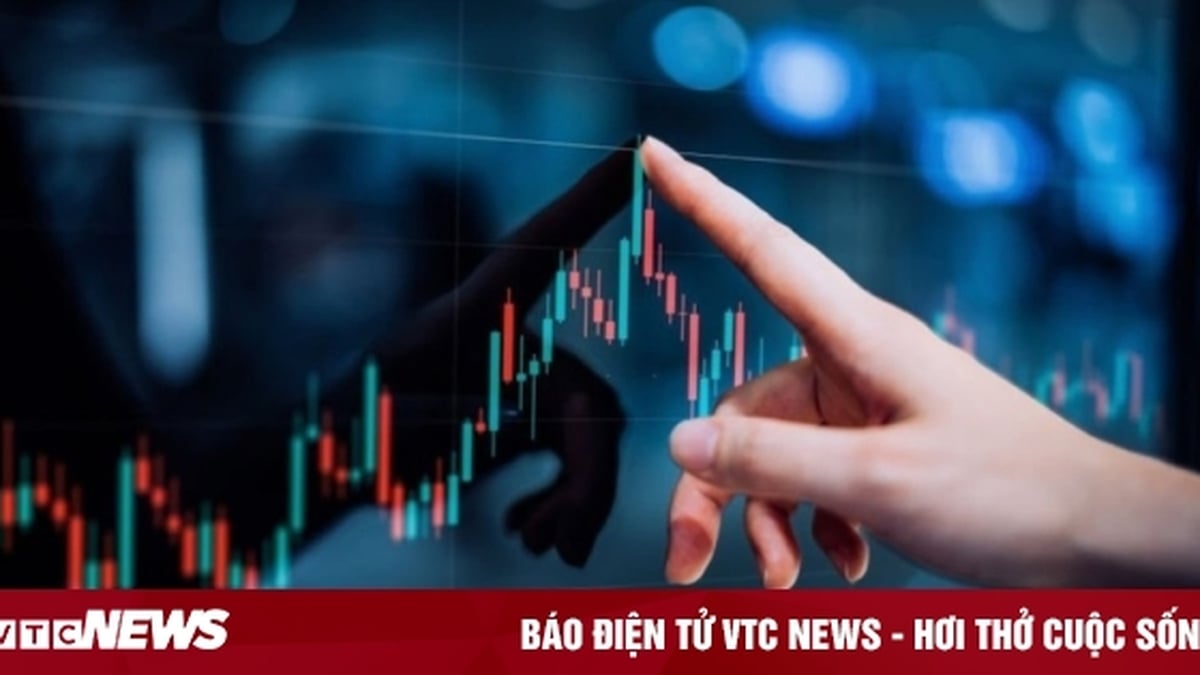
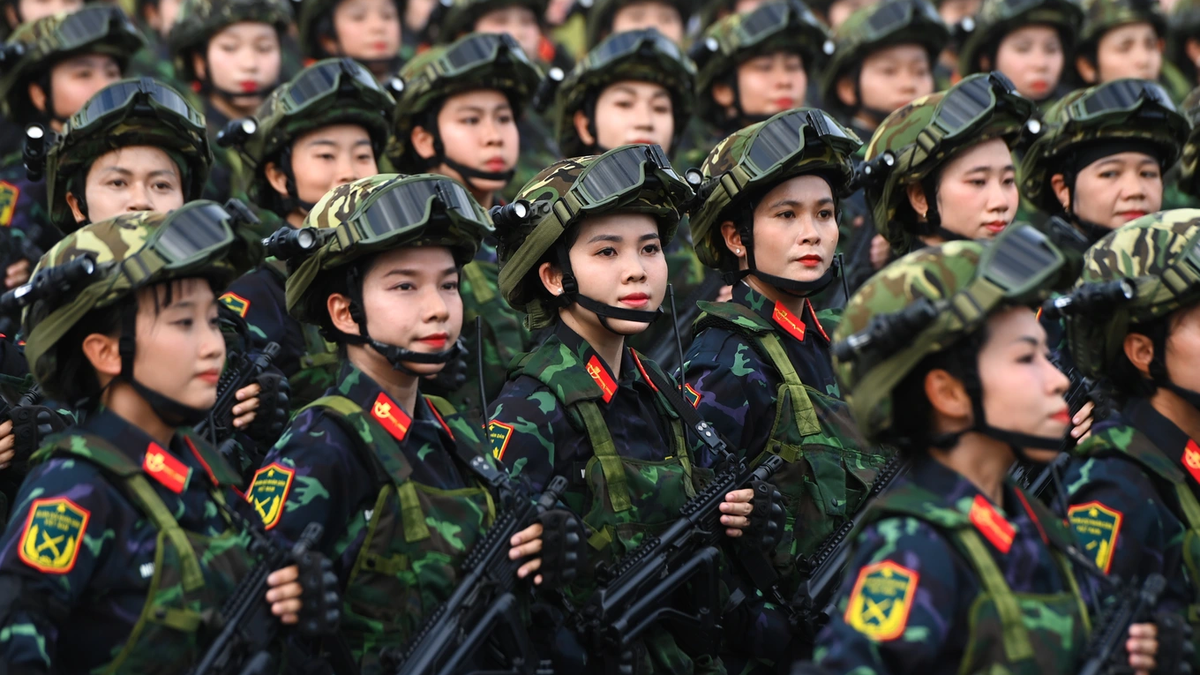
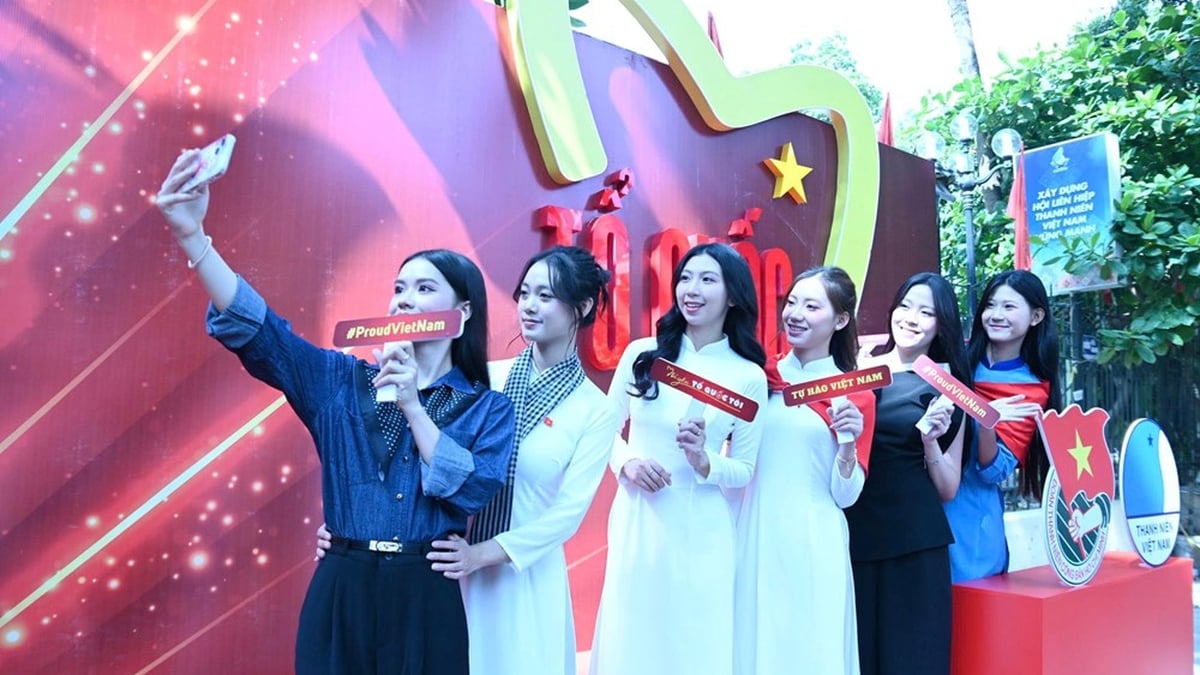
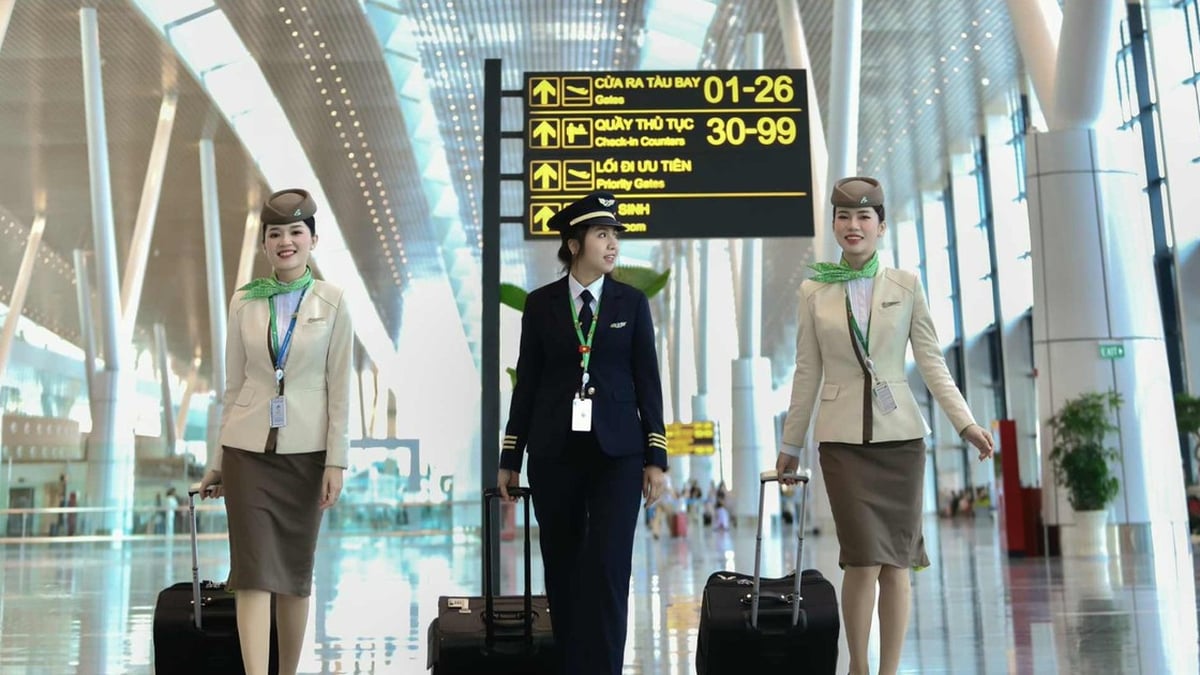
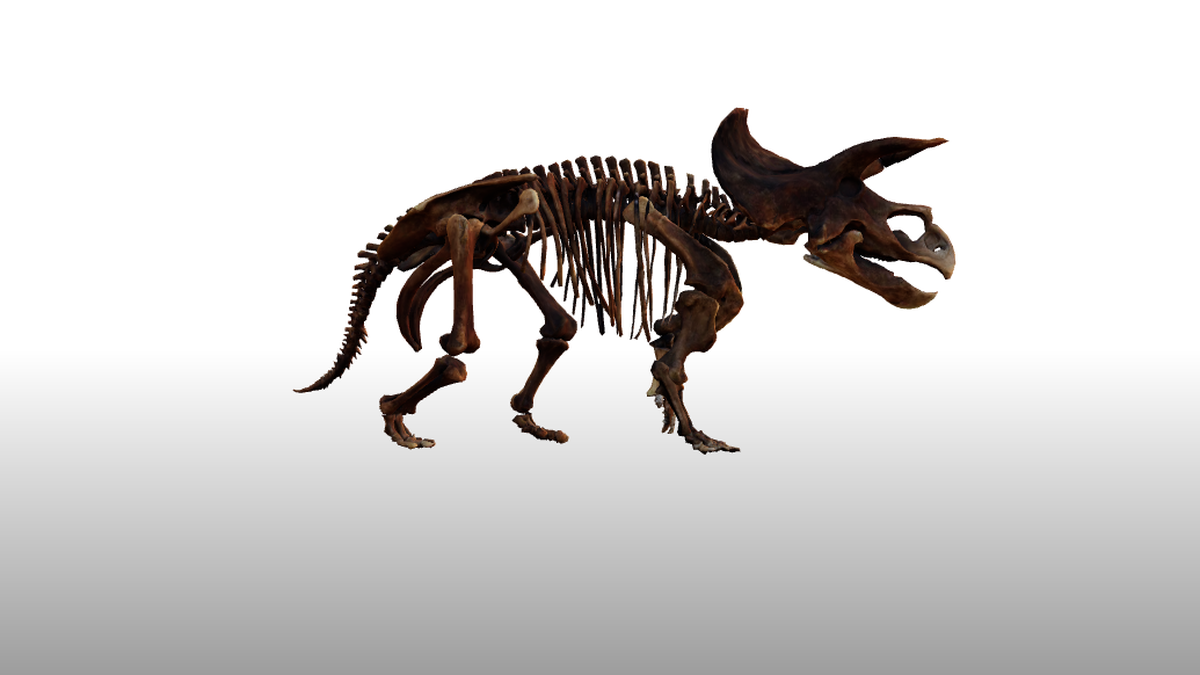

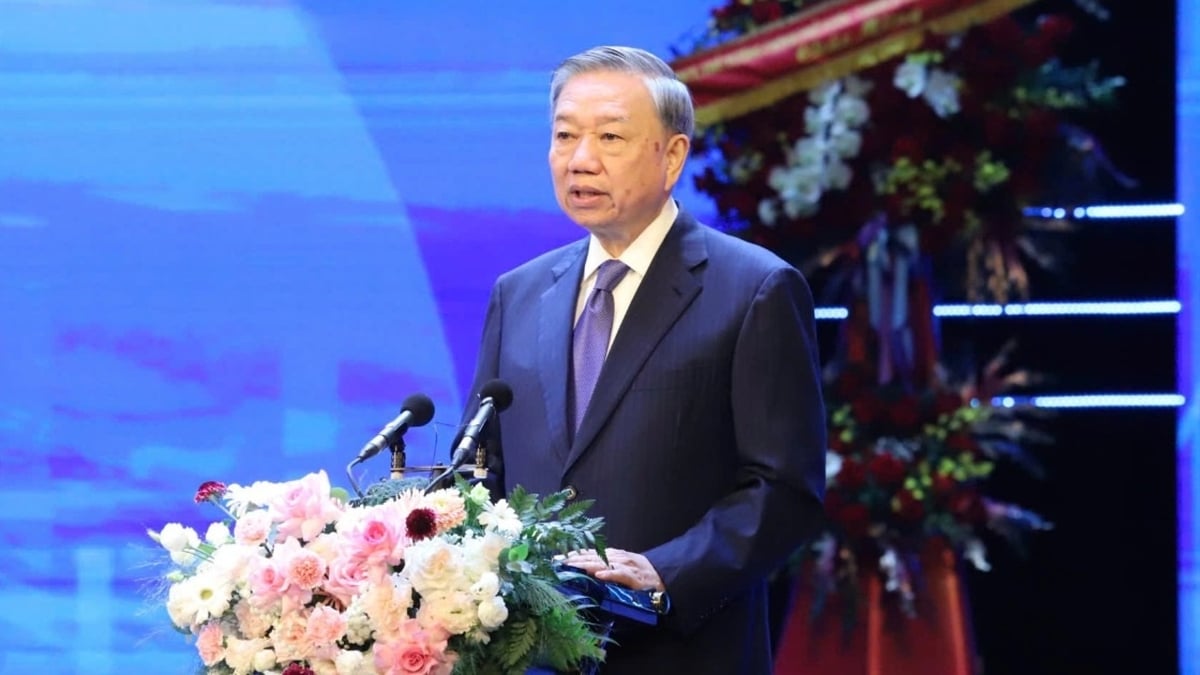


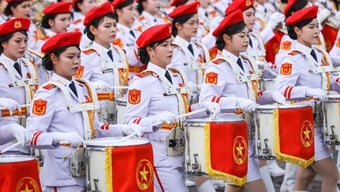








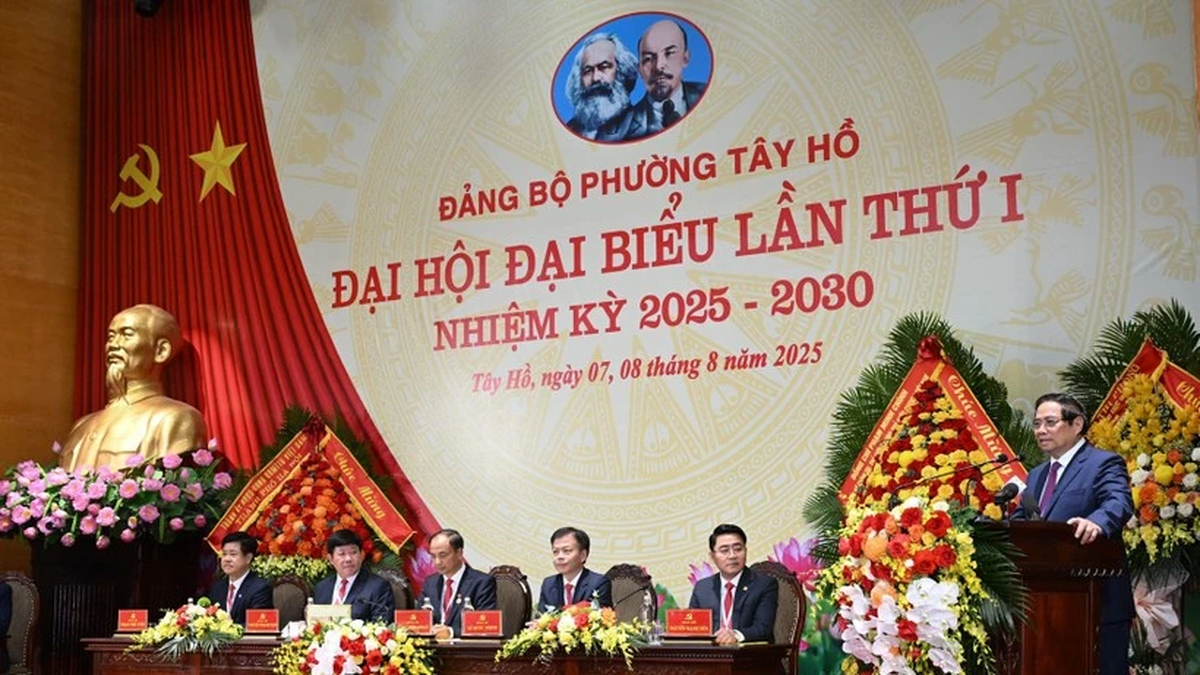

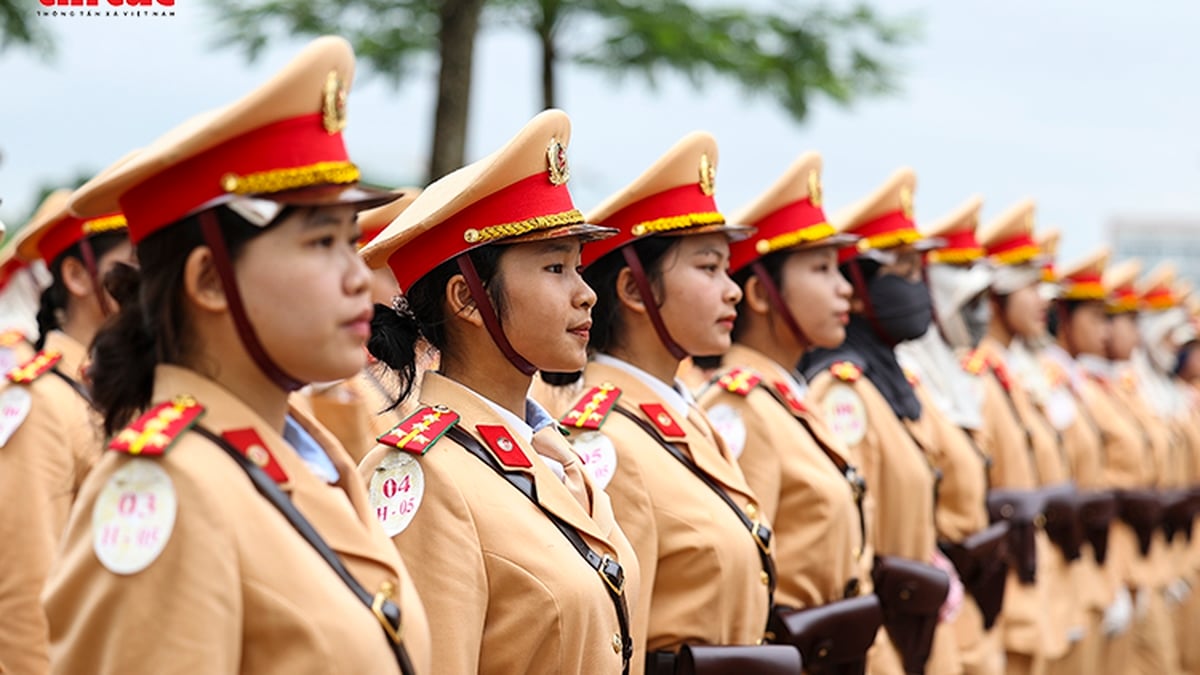

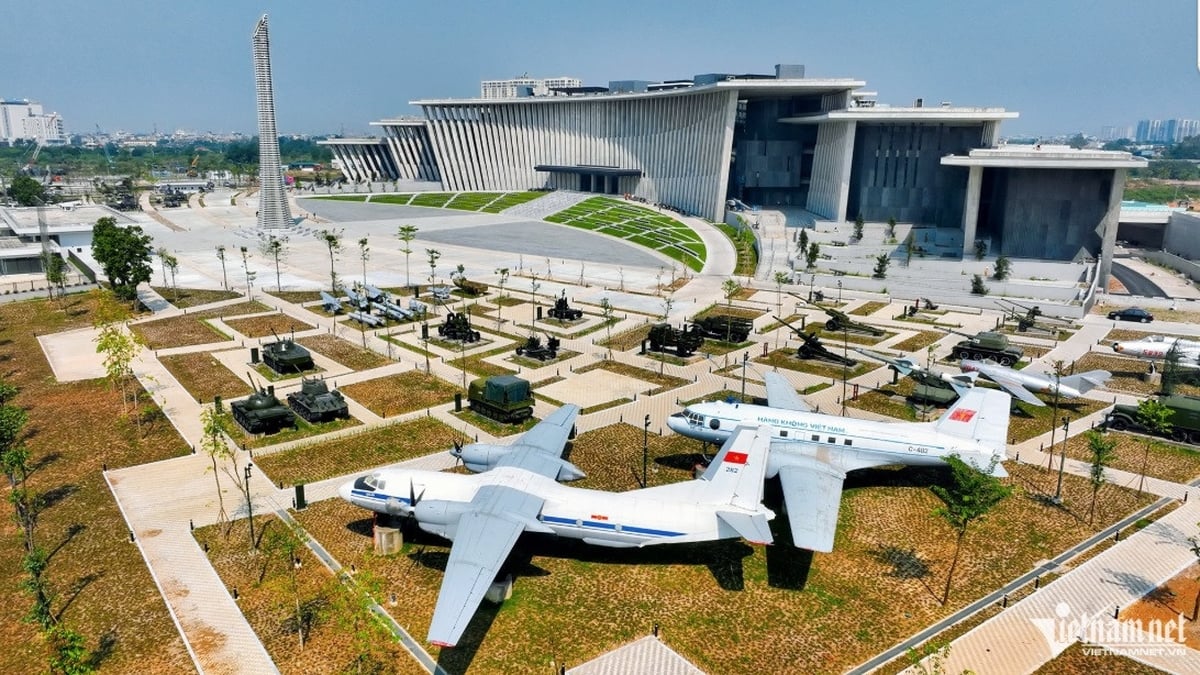


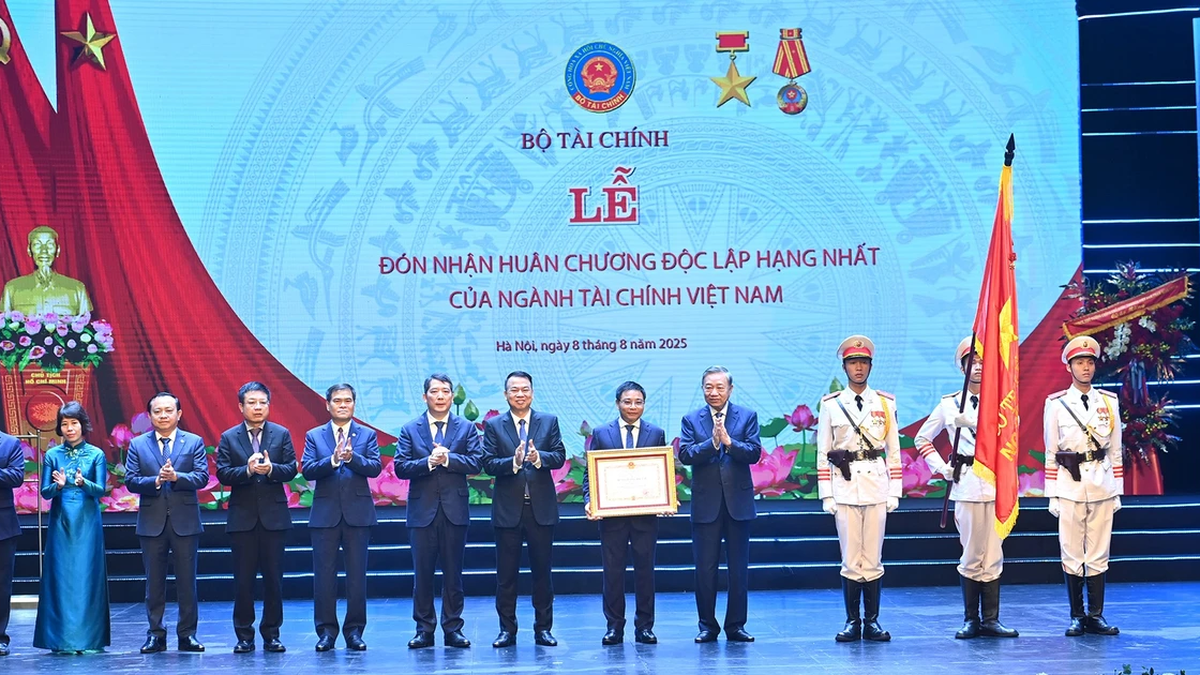
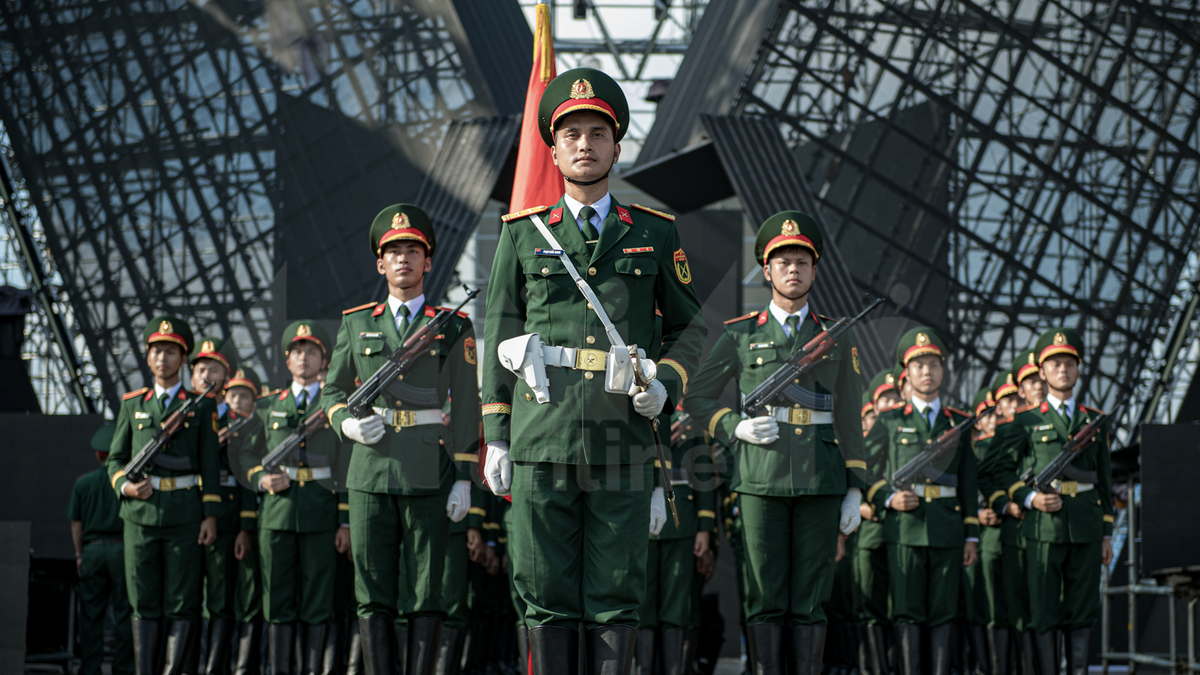
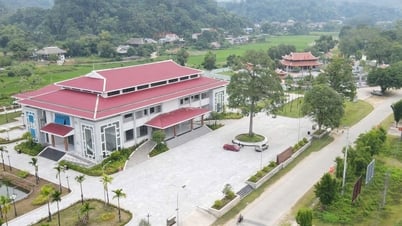

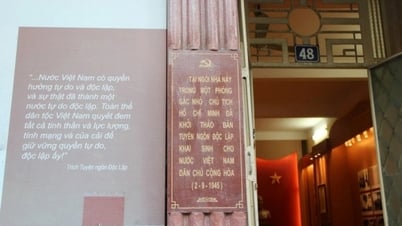

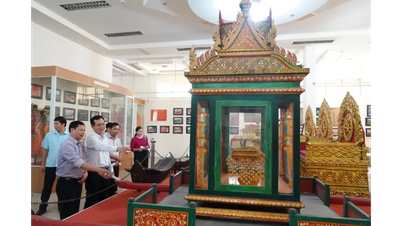



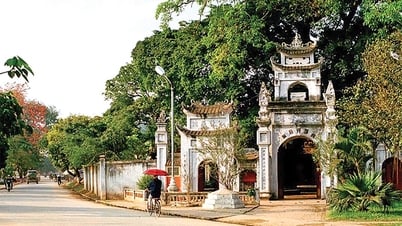

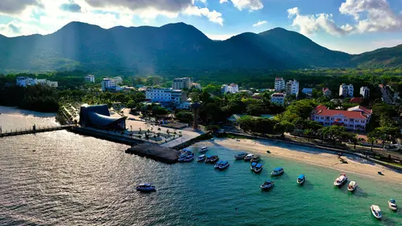

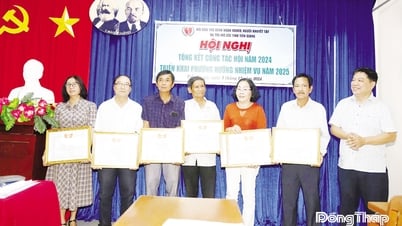











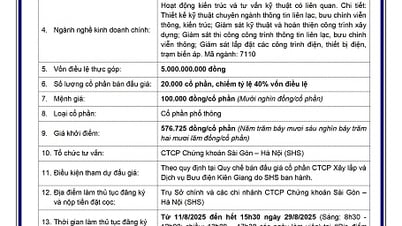

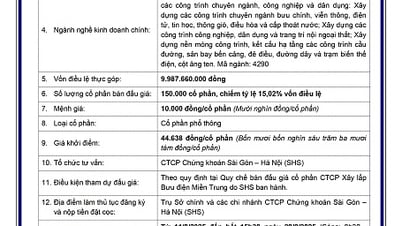
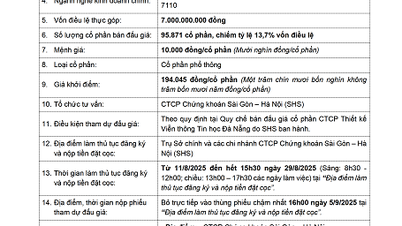

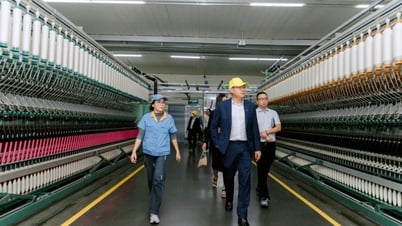








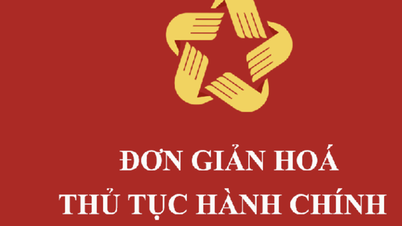


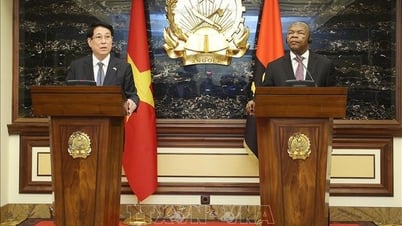

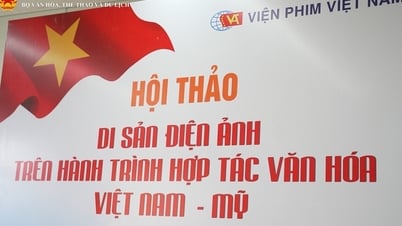
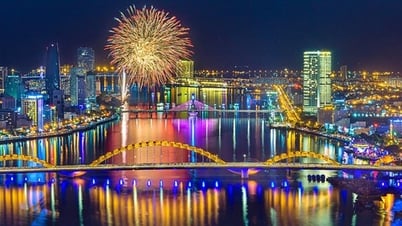



















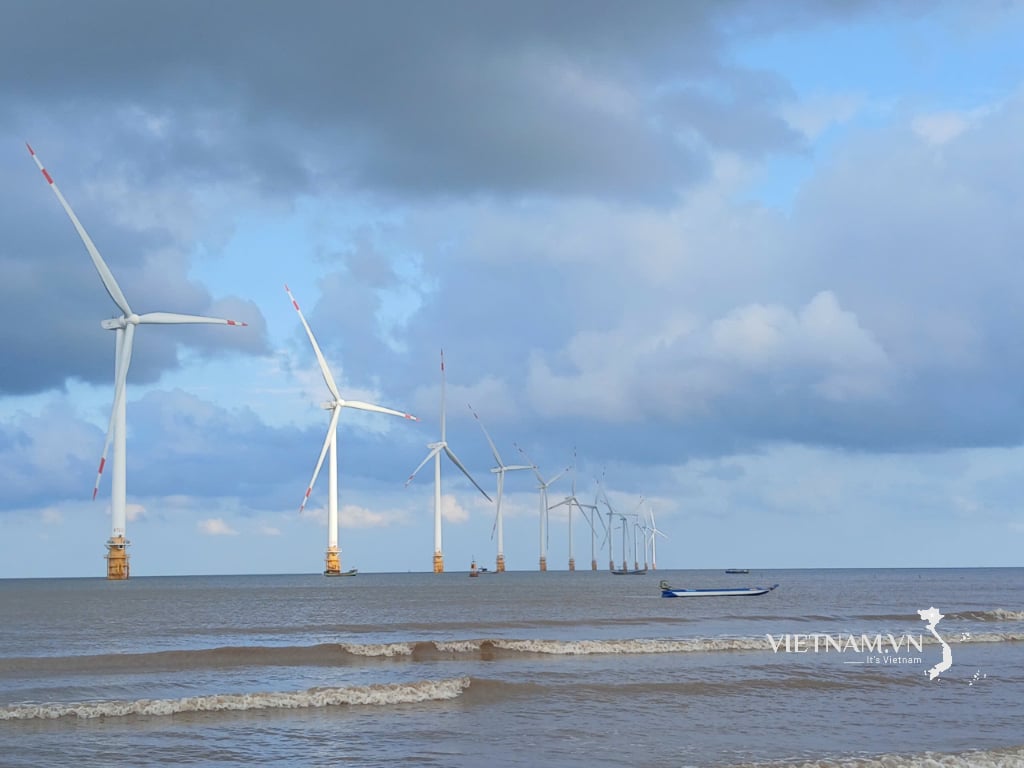


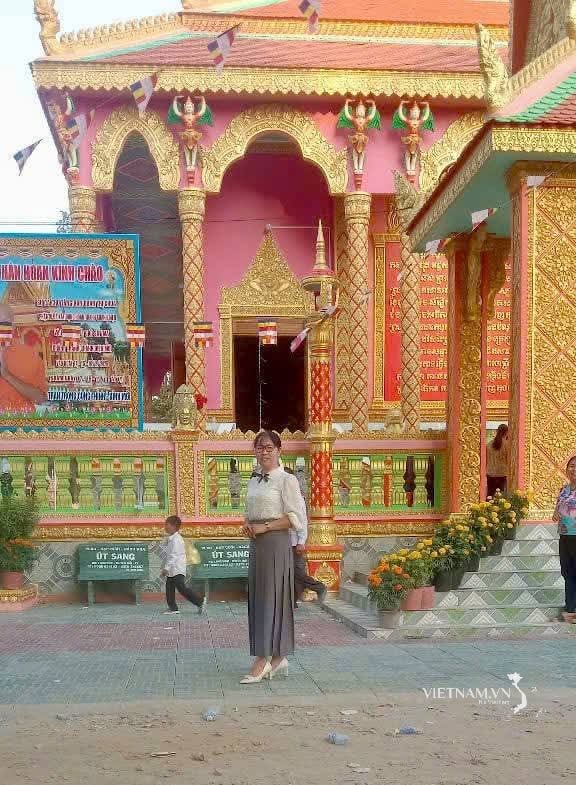
Comment (0)